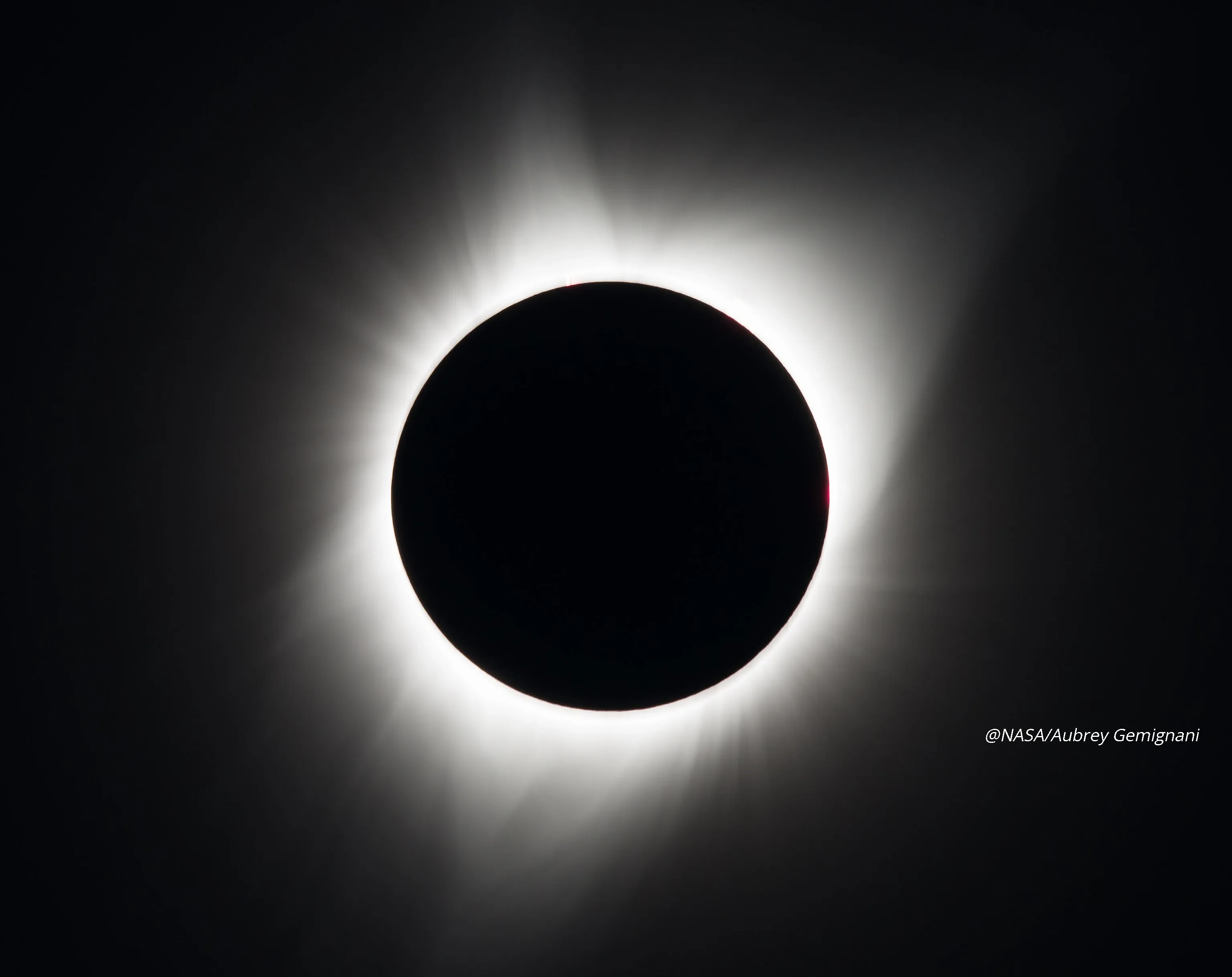
A total solar eclipse is a spectacular natural event. The moon moves between the sun and the earth, blocking our star. It gets dark in the middle of the day, and the night sky becomes visible. Millions of people will observe this event on April 8, 2024, in North America. Professor Dr. Markus Roth, Director of the Thuringian State Observatory, explains why the solar eclipse of 2024 is so special.
A total solar eclipse is an impressive natural spectacle. On April 8, 2024, the sun will darken in a roughly 180-kilometer-wide strip across Mexico, the United States, and Canada. Why is this solar eclipse so special?
| Markus Roth: After 2017, this solar eclipse is the second to occur on the North American continent in a short time. The solar eclipse on April 8 is visible in a wider strip than seven years ago. Additionally, the duration of the solar eclipse is between slightly over 3 minutes to 4.5 minutes, depending on the observation location, which is quite long. In comparison, the solar eclipse on August 11, 1999, visible in Germany, lasted just over two minutes. |
Source: FSU/Annegret Guenther |
Currently, the sun is at the peak of its activity. This means the probability of sunspots is quite high. Sunspots are strong magnetic field poles and occur particularly frequently every eleven years. Accordingly, the sun's corona, which becomes visible during a solar eclipse, could appear very structured.
Interestingly, the comet 12P/Pons-Brooks will also be in the daytime sky on April 8. Although it is too faint to be seen with the naked eye during the eclipse, it would be visible with a telescope. However, caution must be taken not to accidentally look into the sun with the telescope or binoculars.
Millions of people will observe the celestial spectacle and hope that the sun will provide a spectacular show. You are solar physicists. What scientific insights do researchers gain from such an event?
Roth: NASA will send the WB-57 high-altitude research aircraft along the path of the solar eclipse. A research project will capture images of the solar eclipse from an altitude of 50,000 feet above the Earth's surface. By capturing images above most of the Earth's atmosphere, researchers aim to discern new details of structures in the middle and lower corona. NASA's WB-57 will also carry instruments to learn more about the temperature and chemical composition of the corona and coronal mass ejections.
With modern solar telescopes and instruments, a solar eclipse can also be artificially and continuously produced, allowing the solar corona to be continuously studied. From such systematic studies, much can be learned, for example, about the physical processes that lead to coronal mass ejections on the sun, often also called solar storms.
What have scientists learned from previous solar eclipses?
Roth: In the past, an important insight was the confirmation of the general theory of relativity. In 1919, it was demonstrated that light from stars is deflected by the gravitational effect of the sun, as calculated by Albert Einstein beforehand.
Furthermore, in the past, solar eclipses have been used to determine the temperature, composition, and magnetic field in the solar corona. The corona is the outermost layer of the solar atmosphere, which is usually overwhelmed by the sun, meaning that measurements of these physical quantities were otherwise not possible.
What impact does a solar eclipse have on the Earth?
Roth: A solar eclipse has no noticeable impact on the Earth. There may be slight temperature changes due to the darkening. Also, it is expected that the animal world may react with surprise to the sudden onset of night.


